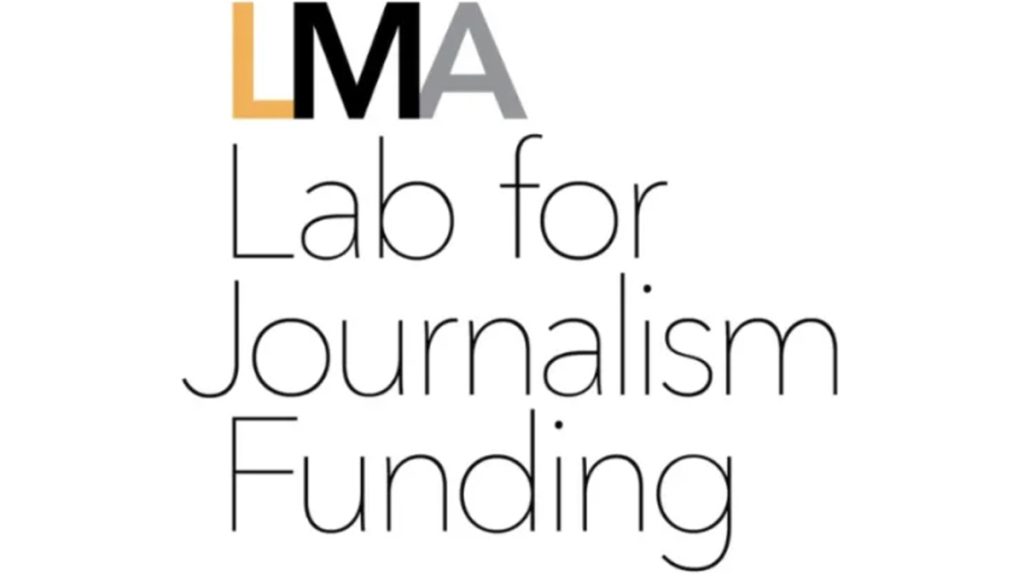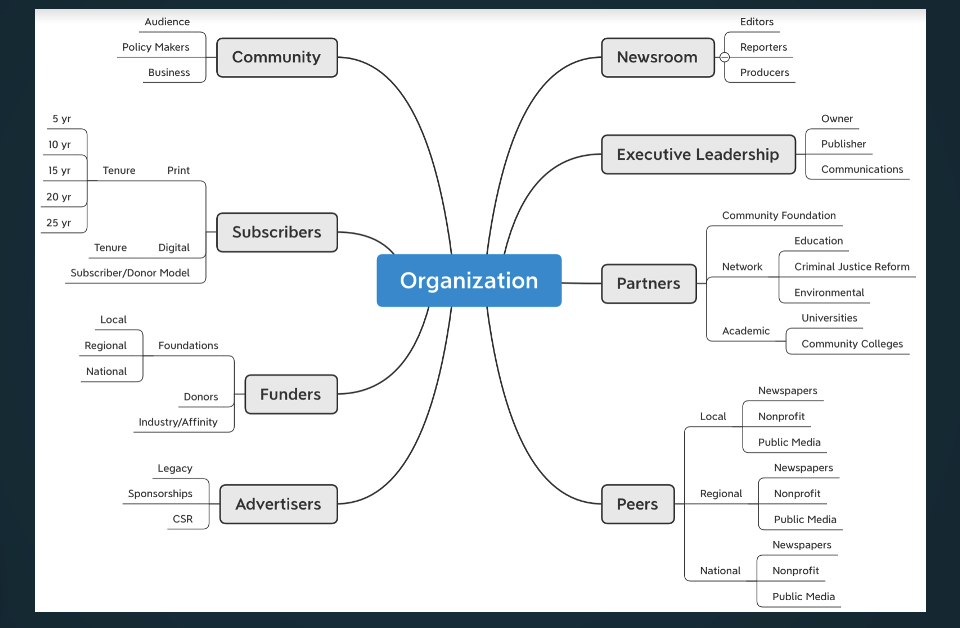
How to pitch funders on collaborative journalism projects
And a template pitch deck for you to utilize
In the last four years, LMA’s Lab for Journalism Funding has coached 144 newsrooms on how to raise philanthropic support for journalism. Collectively, those newsrooms have raised $26.8 million in philanthropy. The program, led by Frank Mungeam and supported by a team of coaches, and made possible with continued support from Google News Initiative, has also helped many of LMA’s collaborative members on how to raise philanthropic support.
In fact, a 2024 study conducted by the Center for Cooperative Media at Montclair State University, reported that philanthropy was the largest source of revenue for permanent collaboratives in the U.S.
Sometimes when news organizations first consider philanthropic funding as a revenue stream, they oversimplify the process. We make assumptions about funders such as they know the work that we are doing is important. Or that our work is so important that foundations should just support it.
Articulating the value of your journalism takes more than just sharing links. It’s about showing the impact of your work so far, describing your relationship with your community, and putting together a proposal that allows you to execute on this work.
If you’re looking to grow your work with philanthropic support, here is how to get started:
1. Start by listening
One of the first things that Mungeam teaches for the Lab is that newsrooms should start by listening. If you haven’t conducted surveys of your audience or readership, starting before you talk to funders is a good idea.
- What are the biggest challenges the community faces?
- Do they see local journalism helping to address those problems?
- How do they consume news?
If you have answers to these questions, you can better develop a project proposal that will have a direct impact on the needs of your community.
2. Develop a list of funders in your community or topic to start having conversations with
Also known as creating a network map, get all your collaborators together and brainstorm all the businesses, advertisers, and civic leaders that you know. This will take some time, but it shows you the potential for people to fund your journalism or help tell your story. Here’s an example of how to do this below:

3. Brainstorm a project proposal
Keeping in mind the community listening and the reporting your collaborative members have done, what is a proposal that has real impact:
- Can you cover an issue with a shared journalist among the partner newsrooms on a topic such as child welfare or mental health?
- Is there a series of community events you could do to grow engagement? Is there a need for collaborative members to improve their tech stacks with more training and funding?
- Is there an internship program where you can develop the pipeline for young journalists?
All of these examples are examples of funded projects that collaboratives supported by LMA have received funding for. These proposals take time to develop after conversations with the audience and conversations with the funder. And they are all projects that drive measurable impact.
Don’t just go to a funder and say: ‘we need money for what we do,’ show the work you’re doing, explain it, and add some engagement layers. Consider giving the project a title just like you would a story to help funders connect with it.
4. Develop a pitch deck
Journalists are storytellers at heart, and it’s important to come to any conversation with a funder with a good story, also known as a pitch. At the end of the Lab, participants are coached and trained on how to develop a pitch deck based on their proposal that they can share with funders.
These pitch decks follow a simple template that serves as the story for the project:
- What’s the problem
- Who are the audiences we seek to serve
- How can journalism respond
- What are the resources needed
- And what’s your track record of impact
Here is a template of a pitch deck that you can customize to develop your pitch.
If you are looking for inspiration from previous cohorts, check out this recap from last year’s cohort Pitch Day.
If you want to learn more about the best practices and strategies for sustaining journalism project through philanthropy, you can download the free LMA industry report “Pathways to Philanthropy.”
Cite this article
Riordan, Penny (2024, Nov. 14). How to pitch funders on collaborative journalism projects. Reynolds Journalism Institute. Retrieved from: https://rjionline.org/news/how-to-pitch-funders-on-collaborative-journalism-projects/
